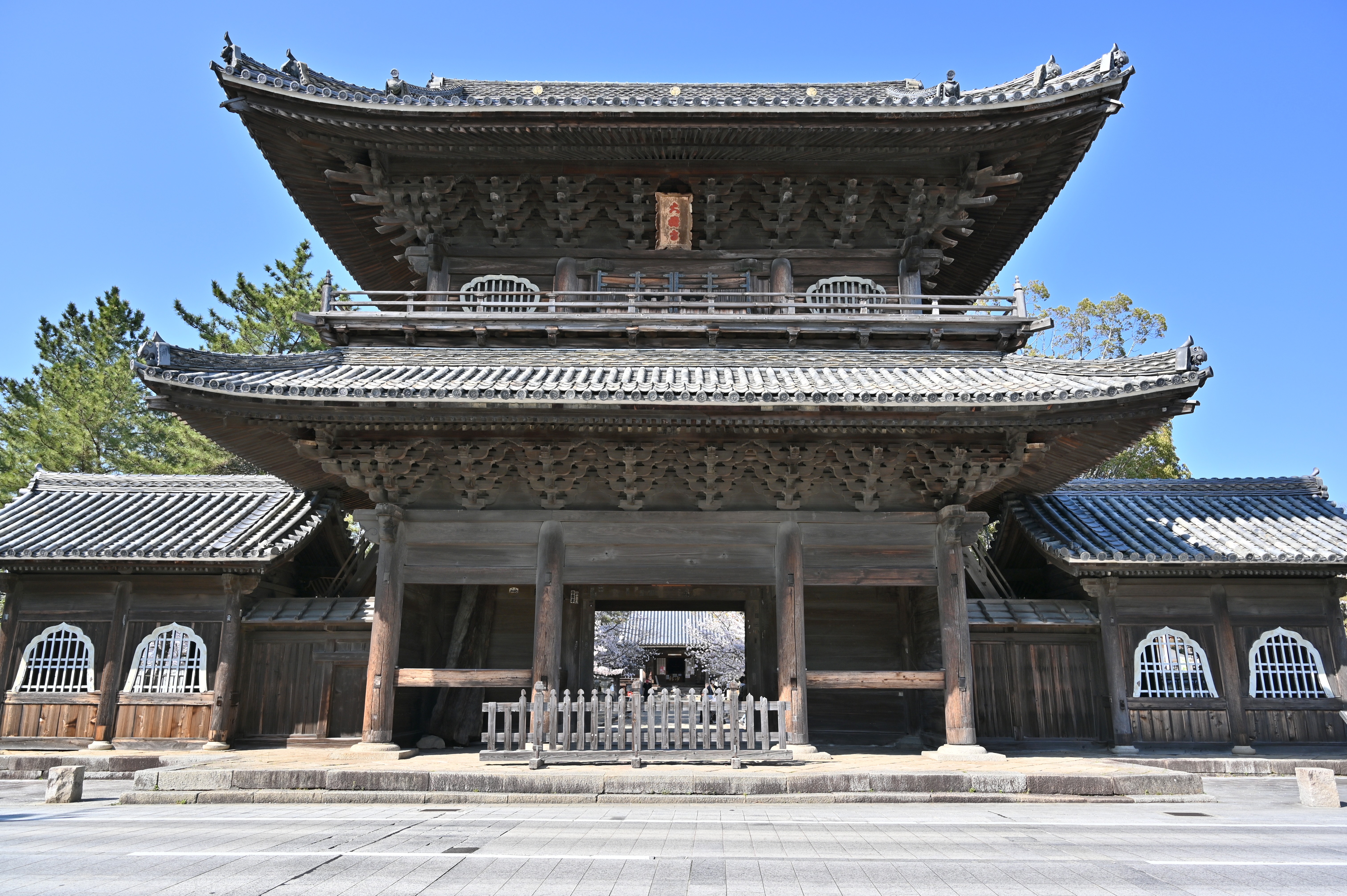Battle of Azukizaka (1564) on:
[Wikipedia]
[Google]
[Amazon]
The or took place in 1564, when Matsudaira Motoyasu (later renamed

 On January 15, 1564. Motoyasu had decided to concentrate his forces in eliminating the Ikki from Mikawa and had sought the help of warrior monks from the temple of
On January 15, 1564. Motoyasu had decided to concentrate his forces in eliminating the Ikki from Mikawa and had sought the help of warrior monks from the temple of
Tokugawa Ieyasu
was the founder and first ''shōgun'' of the Tokugawa Shogunate of Japan, which ruled Japan from 1603 until the Meiji Restoration in 1868. He was one of the three "Great Unifiers" of Japan, along with his former lord Oda Nobunaga and fello ...
), sought to destroy the growing threat of the Ikkō-ikki
were rebellious or autonomous groups of people that were formed in several regions of Japan in the 15th-16th centuries; backed up by the power of the Jōdo Shinshū sect of Buddhism, they opposed the rule of governors or ''daimyō''. Mainly co ...
, a league of monks, samurai, and peasants who were strongly against samurai rule.
Background
Tensions between warriors and the Ikki had been escalating in Mikawa as the Ikki resisted samurai efforts to tax their temples. Fighting broke out in 1563 whenSuganuma Sada is a Japanese surname. Notable people with the surname include:
*, male Japanese animation director
*, Japanese male voice actor
*, Kamakura-bori artist from Japan
*, Japanese football player
*, Japanese aikido teacher holding the rank of 8th dan ...
, a Matsudaira retainer entered the Jōgū-ji temple in Okazaki, and confiscated its rice to feed his own men. In retaliation the monks attacked Suganuma's castle and retrieved the rice back to Jōgū-ji where they barricaded themselves. When Motoyasu sent messengers to their temple to investigate the disorder they were executed. In another incident, Ikki samurai attacked a merchant in the temple town of Honshō-ji. Motoyasu launched a raid against the temple but was defeated.
Battle
 On January 15, 1564. Motoyasu had decided to concentrate his forces in eliminating the Ikki from Mikawa and had sought the help of warrior monks from the temple of
On January 15, 1564. Motoyasu had decided to concentrate his forces in eliminating the Ikki from Mikawa and had sought the help of warrior monks from the temple of Daiju-ji
Daiju-ji () is a Buddhist temple located in Okazaki, Aichi. Built by Matsudaira Chikatada (松平 親忠) in 1475, Daiju-ji was the family temple of the Matsudaira (松平氏) and Tokugawa clans (德川氏) which ruled Japan between 1600 and 18 ...
with whom he enjoyed good relations. In the Ikki ranks were some of Motoyasu's vassals, like Honda Masanobu
was a commander and ''daimyō'' in the service of Tokugawa Ieyasu in Japan during the Azuchi-Momoyama and Edo periods.
In 1563, when an uprising against Ieyasu occurred in Mikawa Province, Masanobu took the side of the peasants against Ieyasu ...
and Natsume Yoshinobu
(1517–1573) was a Japanese samurai of the Sengoku period who served the Matsudaira clan (later known as the Tokugawa clan). When Tokugawa forces had to retreat at the Battle of Mikatagahara, Natsume charged into enemy ranks declaring himself t ...
, who had turned over to the Ikki rebellion on religious sympathy.
The battle was fierce and Motoyasu took the field personally, issuing challenges to enemy samurai and fighting in the front line where he received several bullets that pierced his armour but failed to wound him. Aftermath
Motoyasu's brave conduct in the battle convinced many of the samurai turncoats in the Ikki to switch sides and the Ikki were defeated. Nevertheless, the battle did not spell the end of the Ikki in Mikawa, Motoyasu continued his campaign to pacify the Mikawa province from the Ikki.See also
*Battle of Azukizaka (1542)
In the First Oda Nobuhide defeated Imagawa Yoshimoto, setting the stage for his son, Oda Nobunaga, to become one of Japan's greatest warlords. Despite the defeat, later in 1548, Imagawa defeated Nobuhide in the Second Battle of Azukizaka and c ...
References
{{ReflistBibliography
*Turnbull, Stephen. (1996). 'Samurai warfare'. CASSEL IMPRINT. *Turnbull, Stephen. (2003). 'Japanese Warrior Monks AD 949-1603'. Oxford: Osprey Publishing. *Turnbull, Stephen. (2008). 'Samurai Armies 1467–1649'. Oxford: Osprey Publishing. *Turnbull, Stephen. (2010). 'Samurai Armies 1467–1649'. Oxford: Osprey Publishing. 1564 in Japan Azukizaka 1564 Azukizaka (1564) Ikkō-ikki